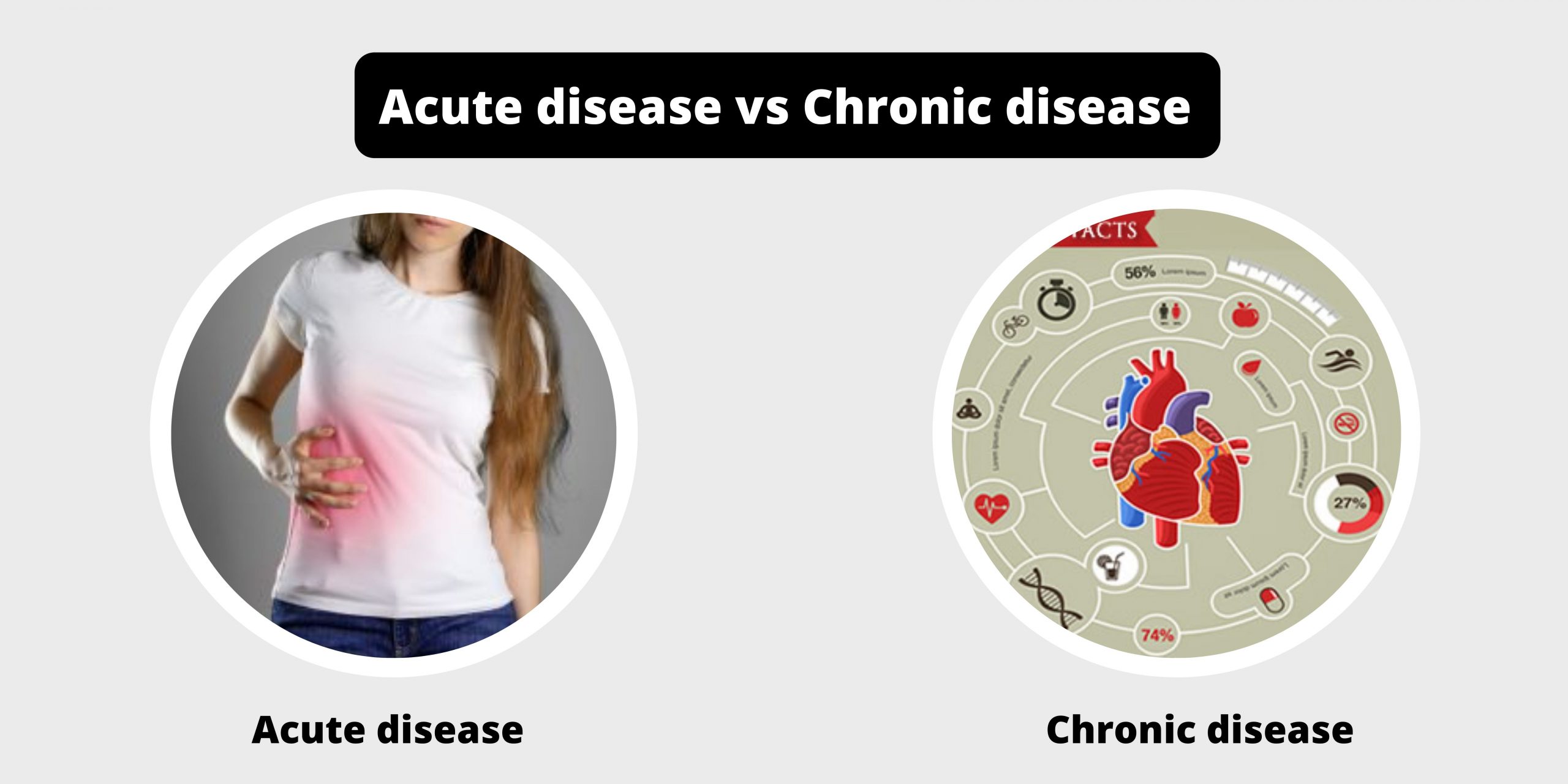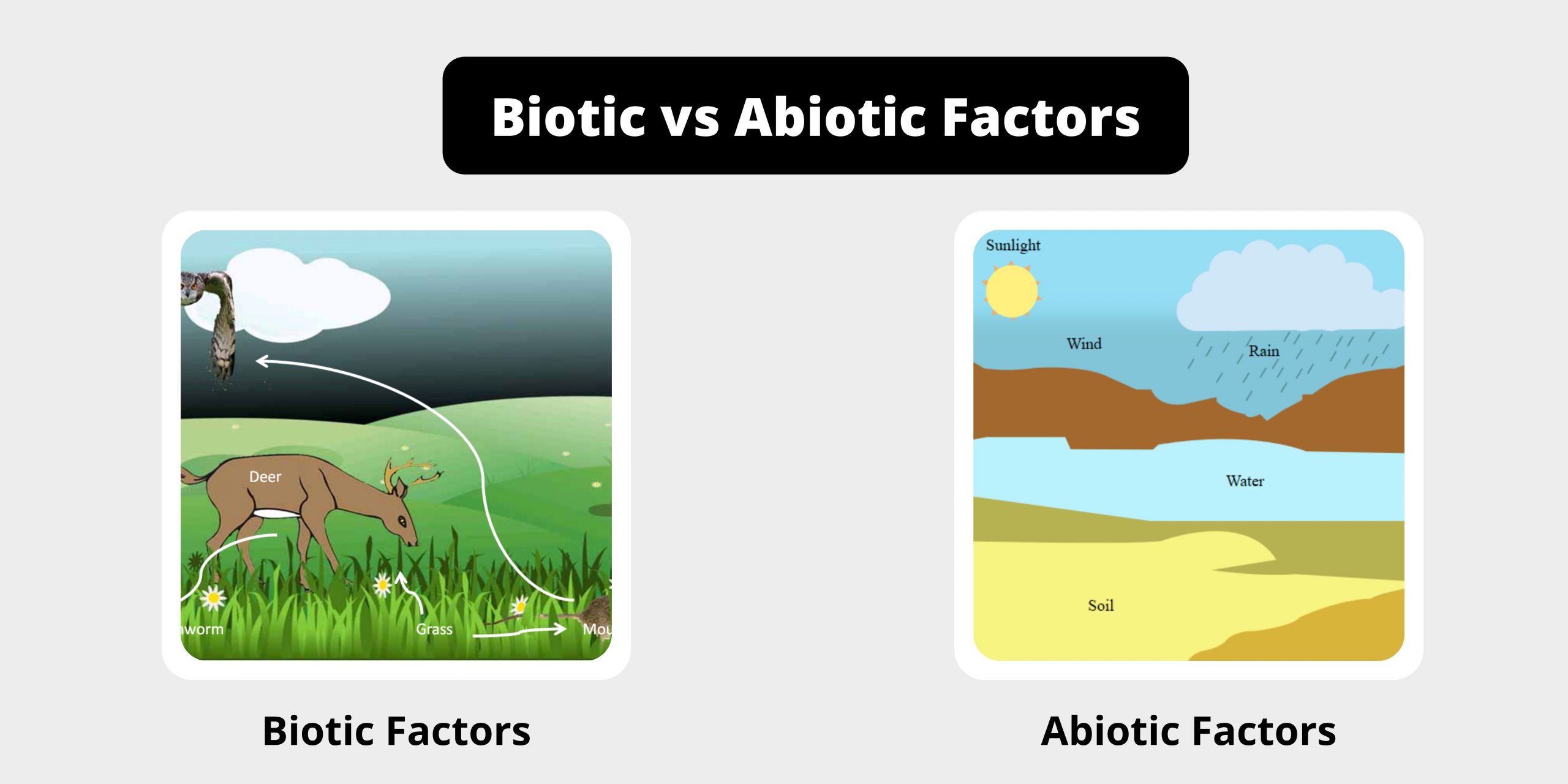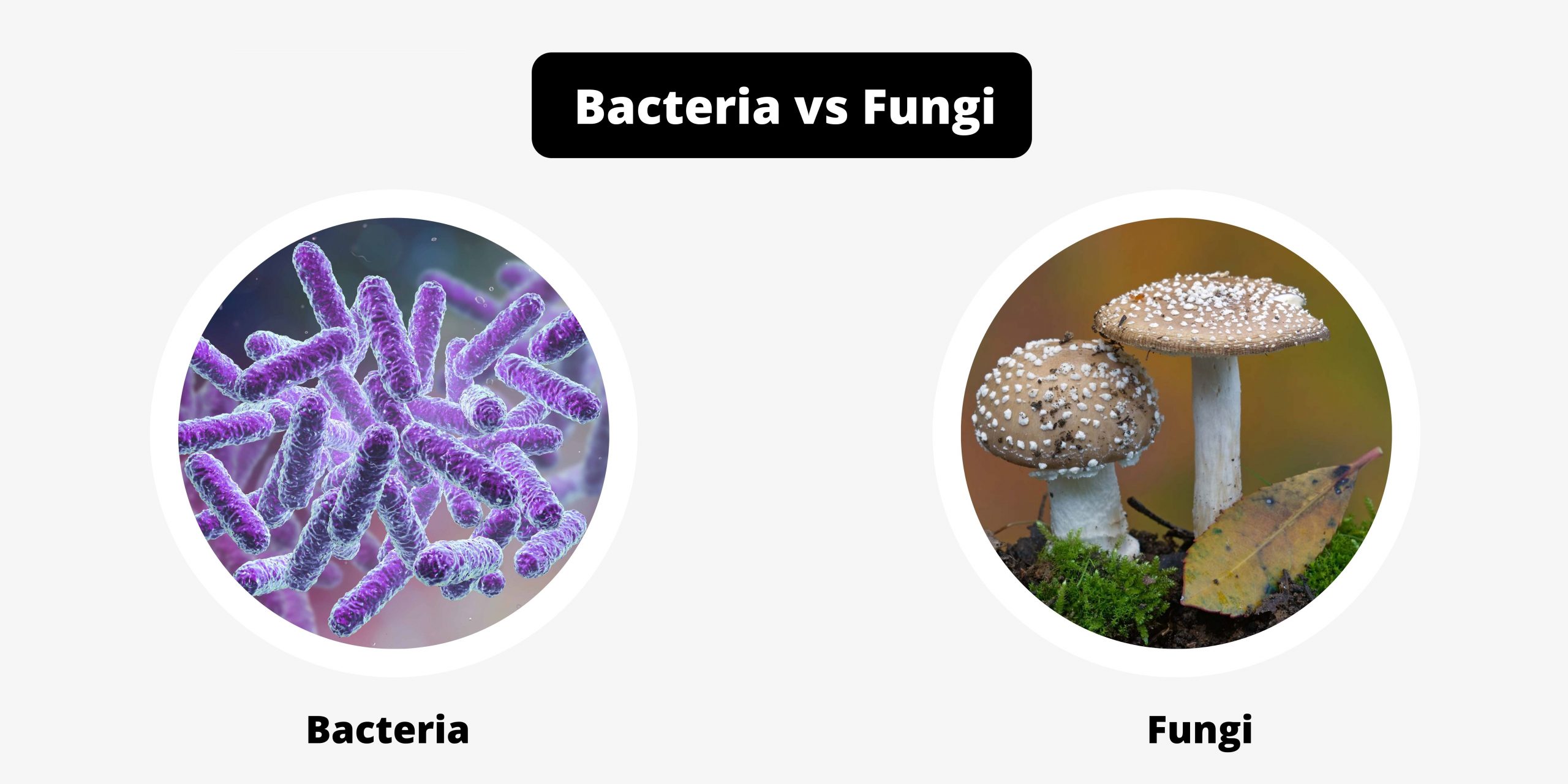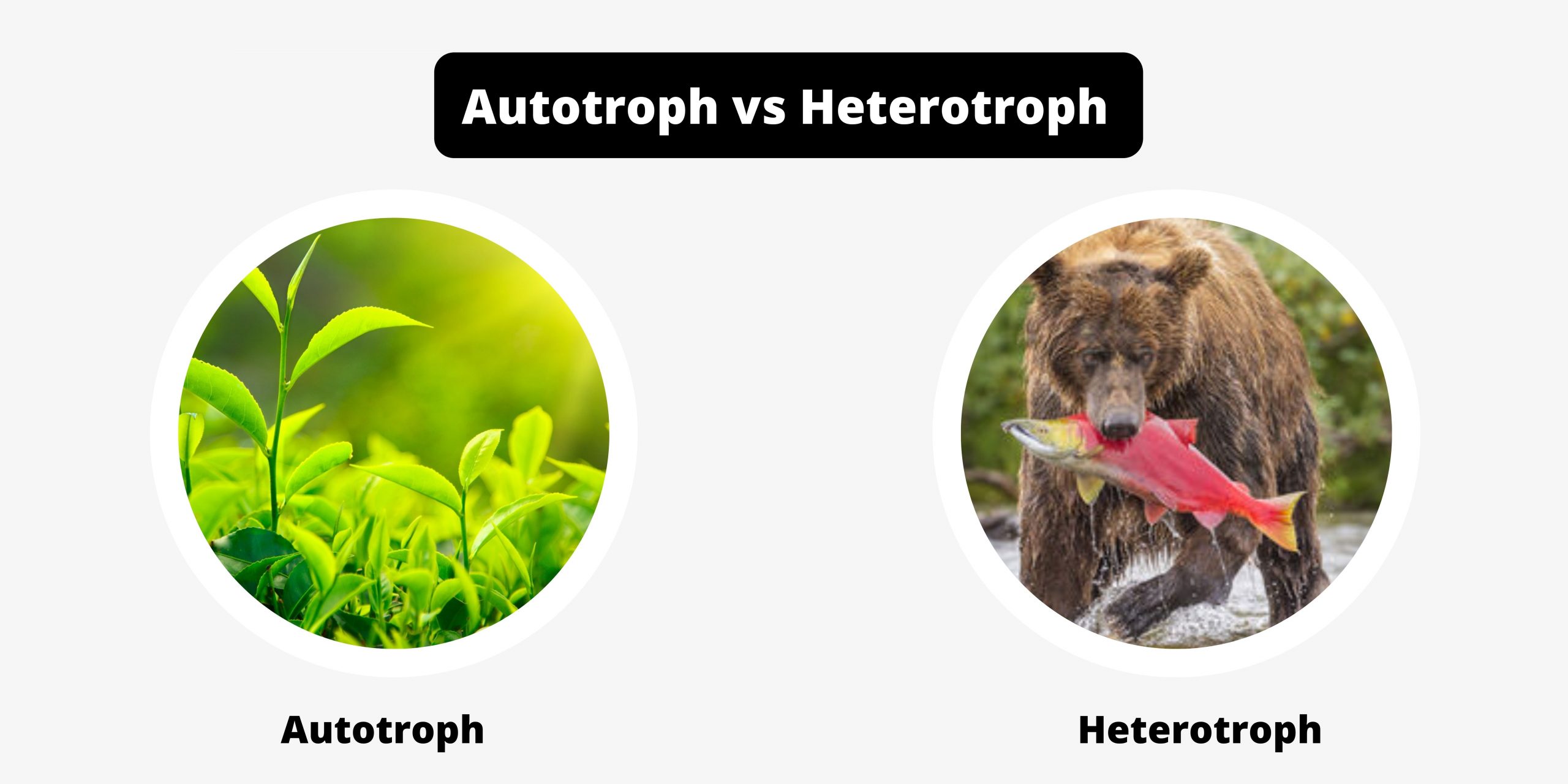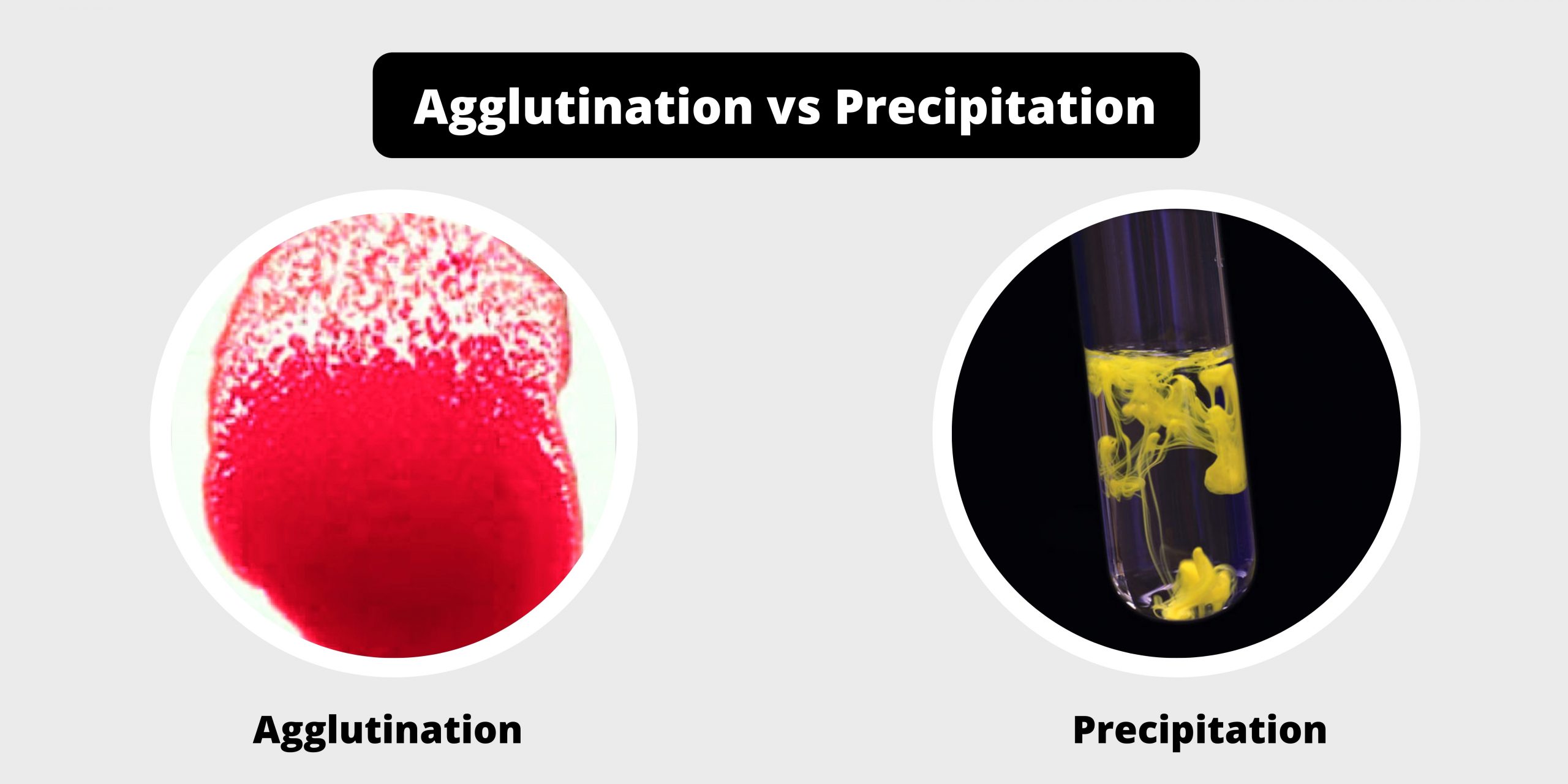Differences between DNA Replication and Transcription
DNA replication, in molecular biology is the biological process by which two identical copies of a DNA molecule are created. As the main part of biological inheritance, DNA replication is an essential component in all living organisms. This is necessary for cell division, growth, and repair of damaged tissue. It also ensures that each new cell receives its own copy DNA. Because cells possess the unique property of division, replication of DNA is essential.



